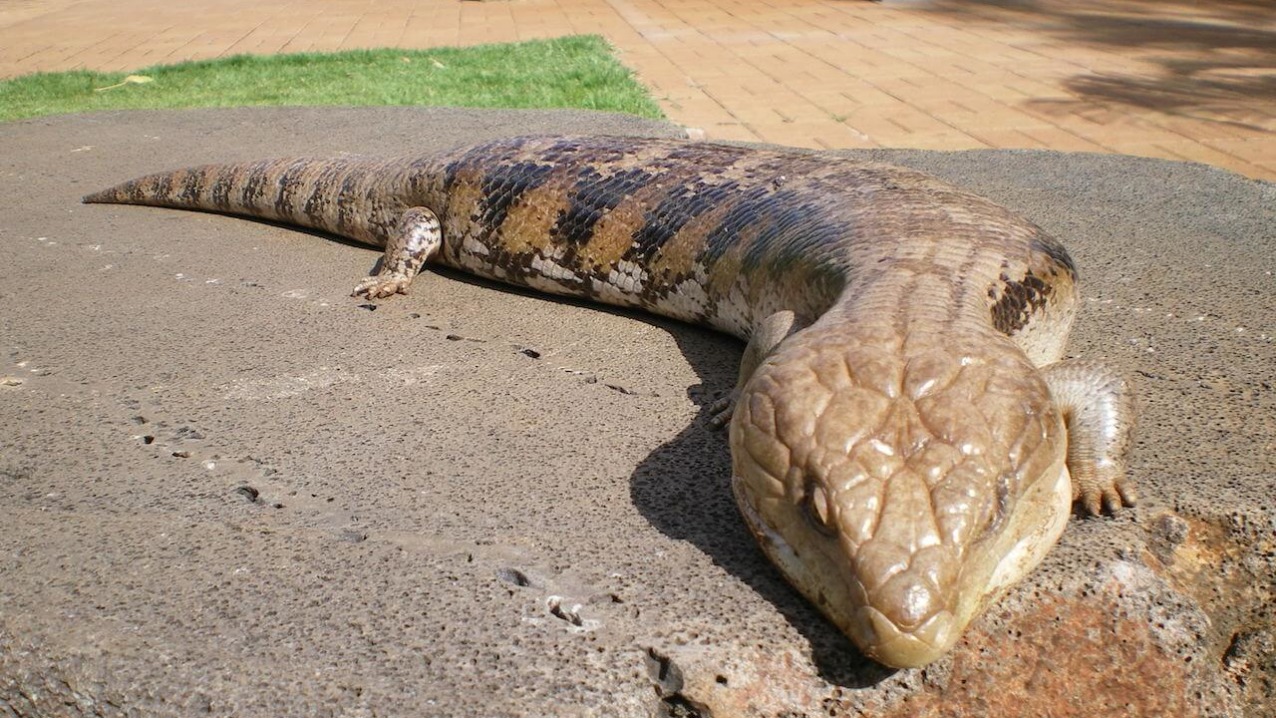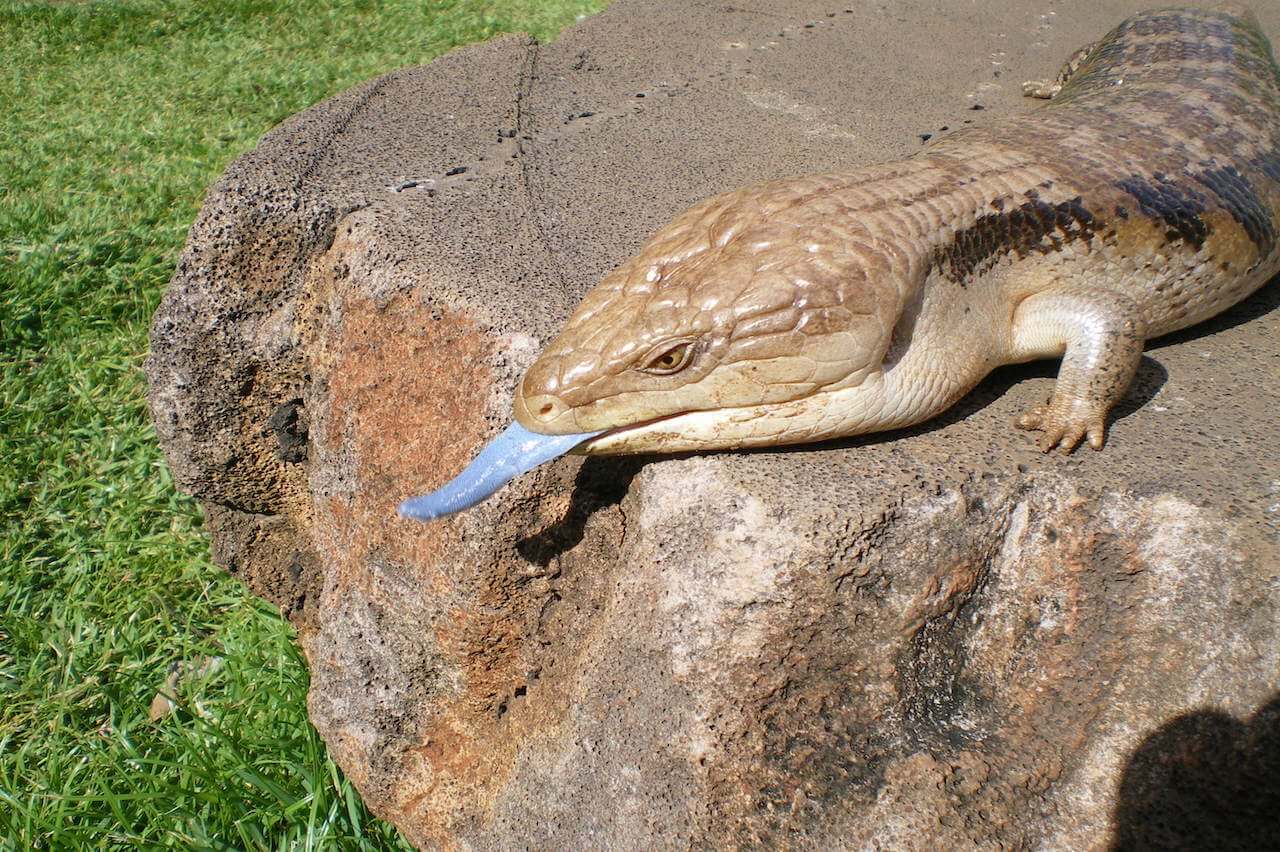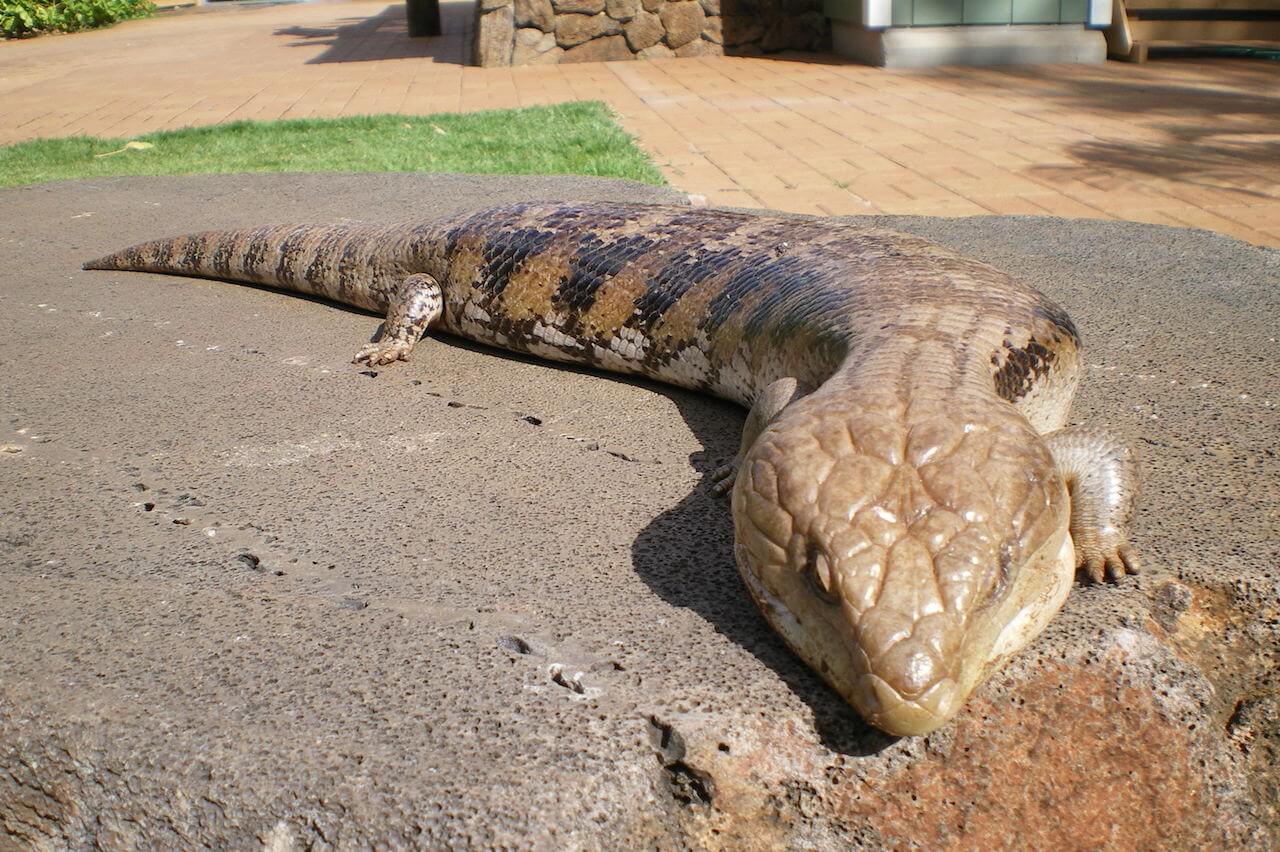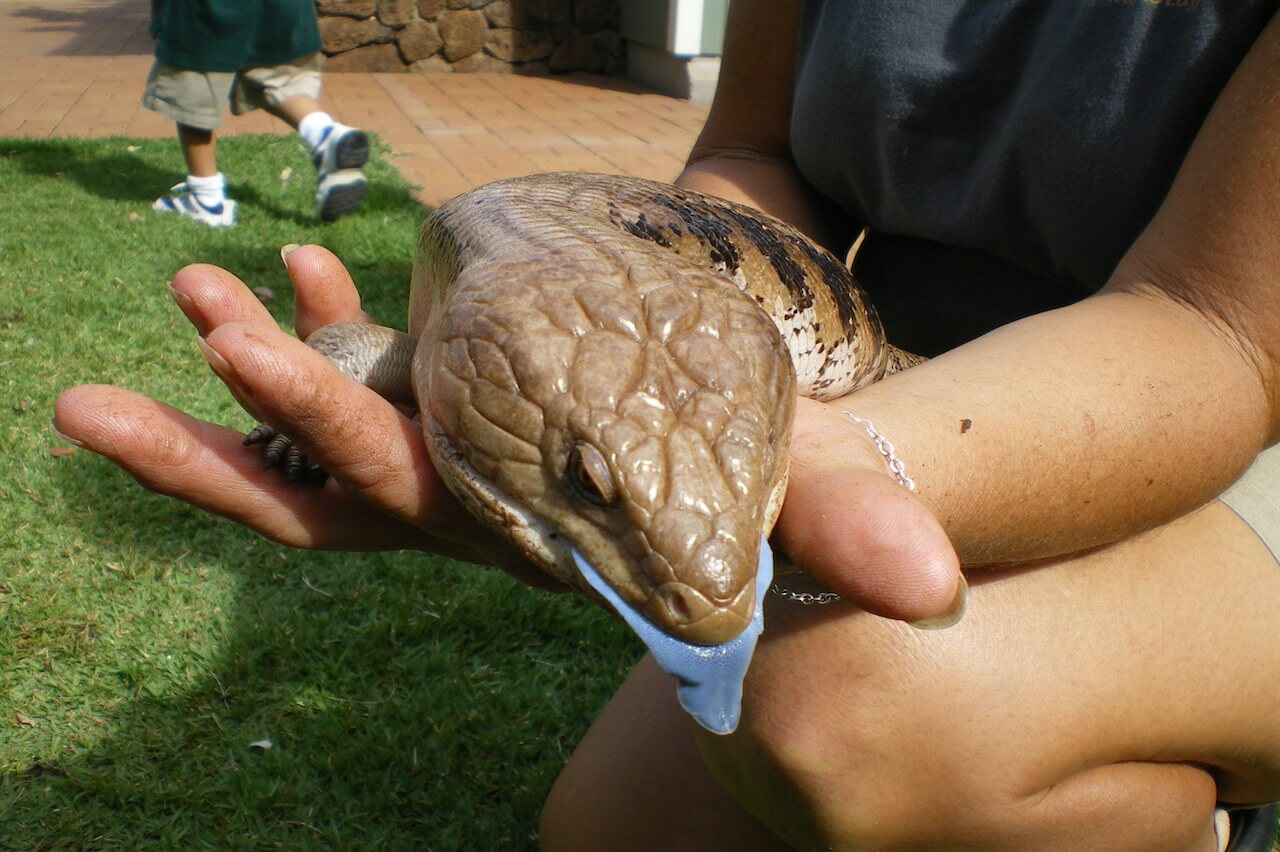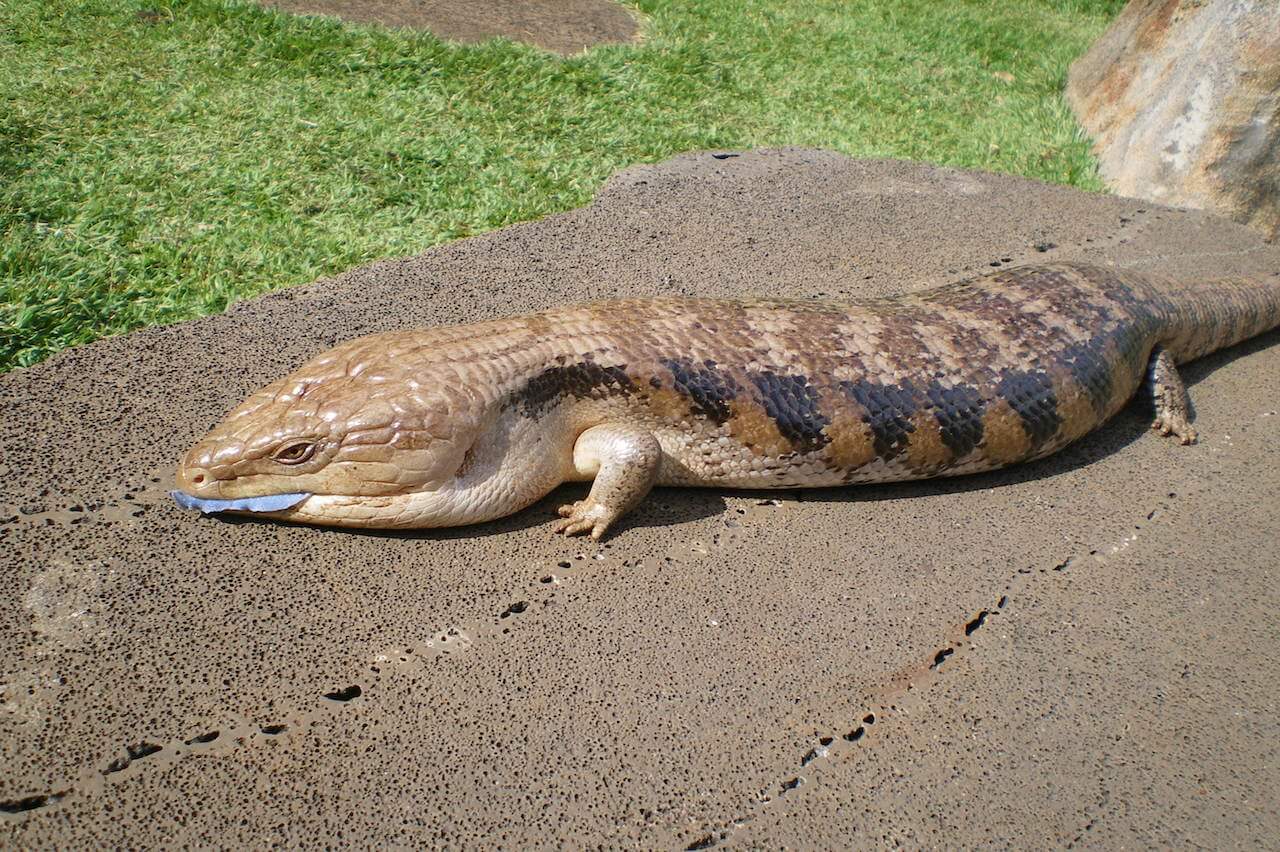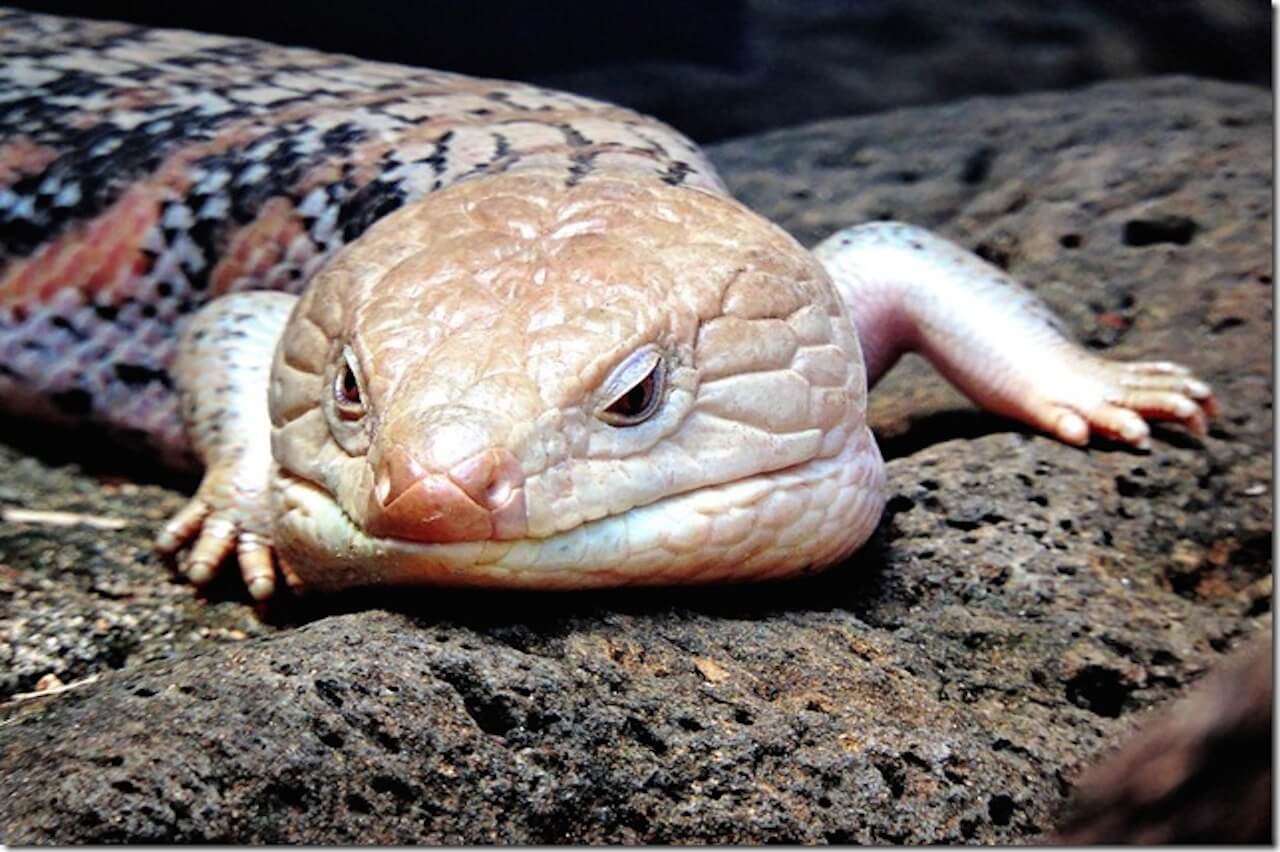tiliqua scincoides intermedia
Blue-Tongued Skink
About Me
Scientific Name: Tiliqua scincoides intermedia
Description
Nearly 800 species of skinks are distributed on every continent where the climate is mild to warm. They are diverse in appearance and habits, with elongated bodies and short legs or none at all in a select few. Skinks eyes can have moveable eyelids or fixed clear spectacles as in a snake. Their sizes range from just a few inches, to two-feet long including the tail. Most are ground dweller and some readily climb trees.
Fun Facts
- The blue tongue skink has a colorful cobalt blue tongue it used in a dramatic fashion to startle, distract, and ward off predators
- The tongue picks up odorous particles from the air or from the surface of objects to the organ for identification.
- Kingdom: Animalia
- Phylum: Chordata
- Class: Reptilia
- Order: Squamata
Nearly 800 species of skinks are distributed on every continent where the climate is mild to warm. They are diverse in appearance and habits, with elongated bodies and short legs or none at all in a select few. Skinks eyes can have moveable eyelids or fixed clear spectacles as in a snake. Their sizes range from just a few inches, to two-feet long including the tail. Most are ground dweller and some readily climb trees.
Skinks are covered in a variety of scale types such as smooth, rough, keeled, and some that end in sharp points. They can be very brightly colored to drab, patterned on plain. Skinks with feet have either elongated toes or short stumpy ones. None have sharp well developed claws to aid in tree climbing, but some have special scales on the feet to aid in that activity.
There is little external difference between the sexes, but the males are often more heavily built especially around the head and neck, and their skin may be more boldly patterned.
Fertilization is internal and the species has three distinct methods of producing young. Many lay eggs, and others give birth to live infants in a litter after embryos develop internally in a yolk enriched membrane. At least one species develops a sophisticated chlorio-allontoic placenta.
Skink’s legs are small and weak and not fitted to support the weight of the body high above the ground in running. Although this might indicate they are slow and easy to catch, they are surprisingly swift and able to move their bodies over the ground and into cover with great agility.
As in all lizards, the roof of the mouth contains a Jacobson’s organ. The tongue picks up odorous particles from the air or from the surface of objects to the organ for identification. The skink uses its tongue and eyesight to find food. The blue tongue skink has a colorful cobalt blue tongue it used in a dramatic fashion to startle, distract, and ward off predators.
NORTHERN BLUE-TONGUE SKINKS – The Northern blue-tongued skink, Tiliqua scincoides intermedia, grows to 24 inches. It is the largest of the blue-tongued lizards. It inhabits forests, woodlands, and grasslands of Northern Australia. It is diurnal, ground dwelling and feeds on insects, snails, fruits, berries and wildflowers. They find shelter at night in hollow logs and ground debris.
Skinks are shy and secretive and seldom stray far from their shelter. The large skinks of the genus Tiliqua are especially adaptive to handling and are popular as pets.
In nature, skinks are omnivorous feeders eating many types of foods. They are diurnal ground-dwelling lizards which feed on a variety of insects, snails, carrion and wildflowers, native fruits and berries.
The breeding season occurs once yearly. In Hawaii it begins in February. Courtship consists of males seeking out females and trailing her. The male will aggressively bite and hold the female prior and during coitus. Damage to the scales and injury are common during this time. The pairs are compatible without aggression for the rest of the year.
This skink is ovoviviparous, which means offspring develop in membranes inside the female, then are born live. There are up to 15 young in a litter born after about 100 days gestation. Infants are miniatures of the adults. They are sustained by their yolk which is absorbed into the abdominal cavity prior to birth.
Several days to a week after birth, infants begin to feed on slow moving insects and lick fruits when available.
Other Reptiles
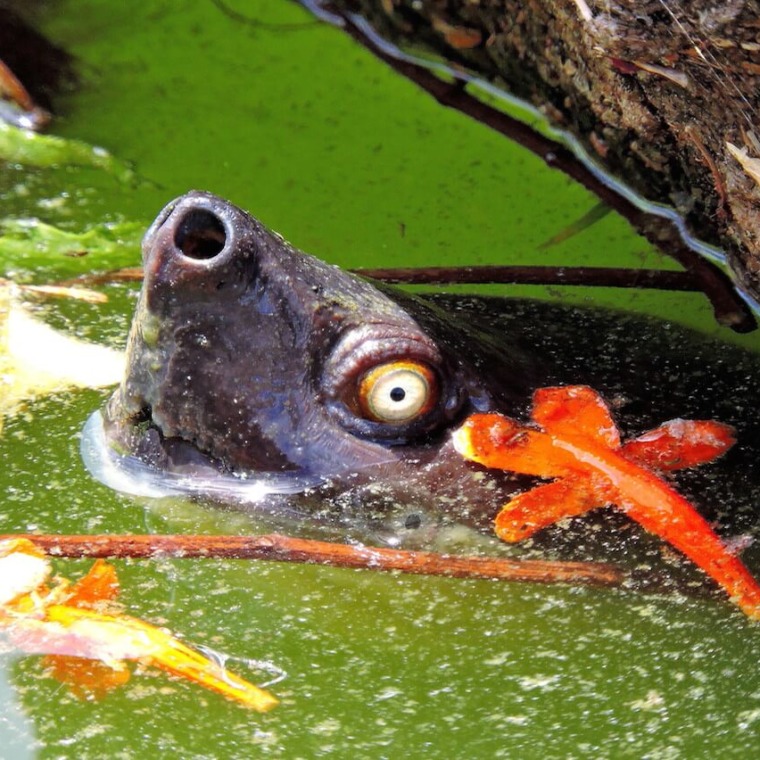
The last populations of Tutong are found in India, Indonesia, Bangaladesh, and Malaysia. It is extinct in its former range of Thailand, Myanmar, Vietnam, and Singapore.
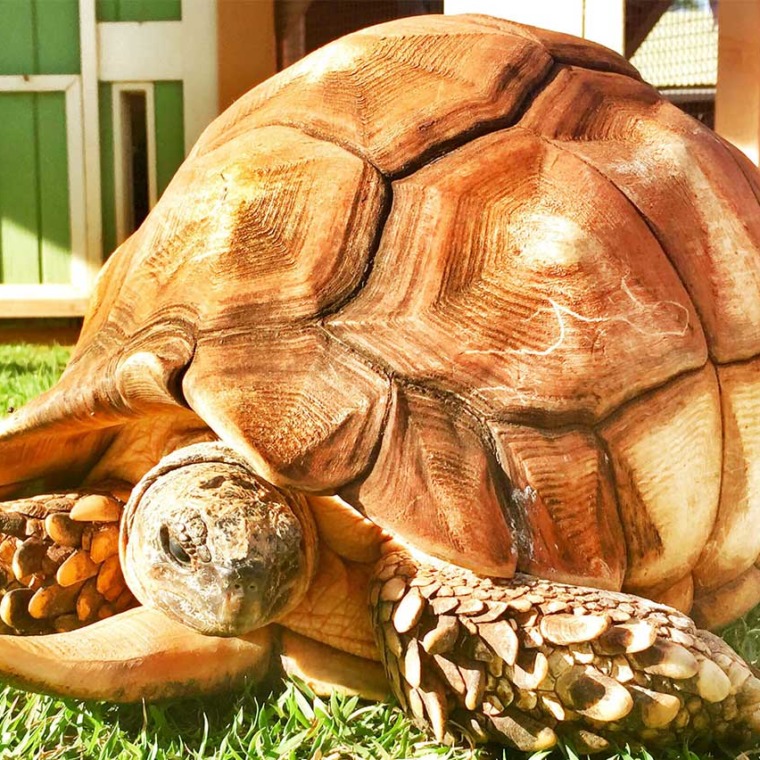
Inactive during cool, dry season (May to October). Does not dig burrows. Seeks protection in thickets and seeks shelter in surface litter. Forages during morning and late afternoon.
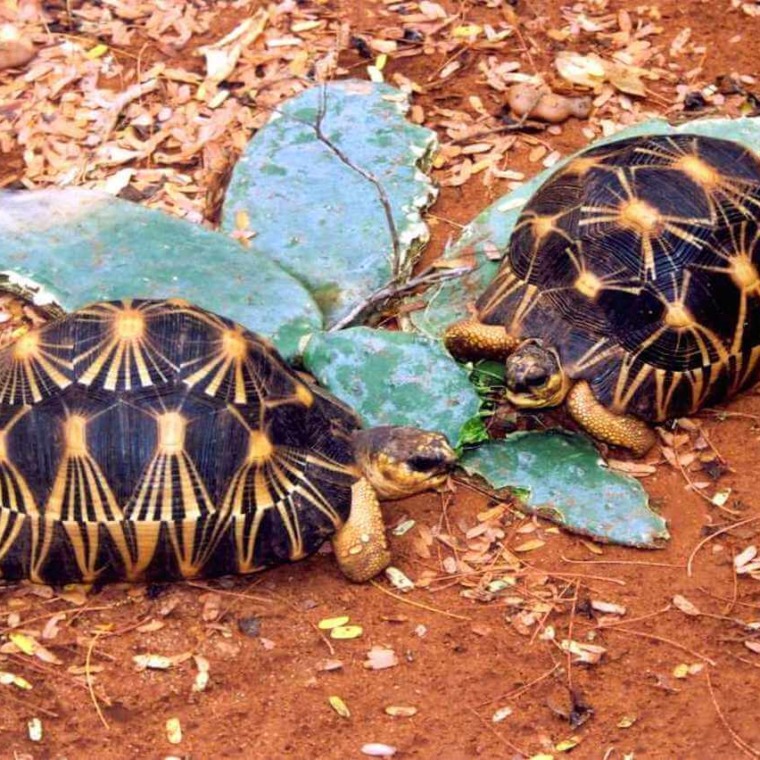
In the wild, this reptile is relegated to the extreme south and south-western portions of Madagascar. In recent times, they have also been introduced to the nearby island of Reunion.
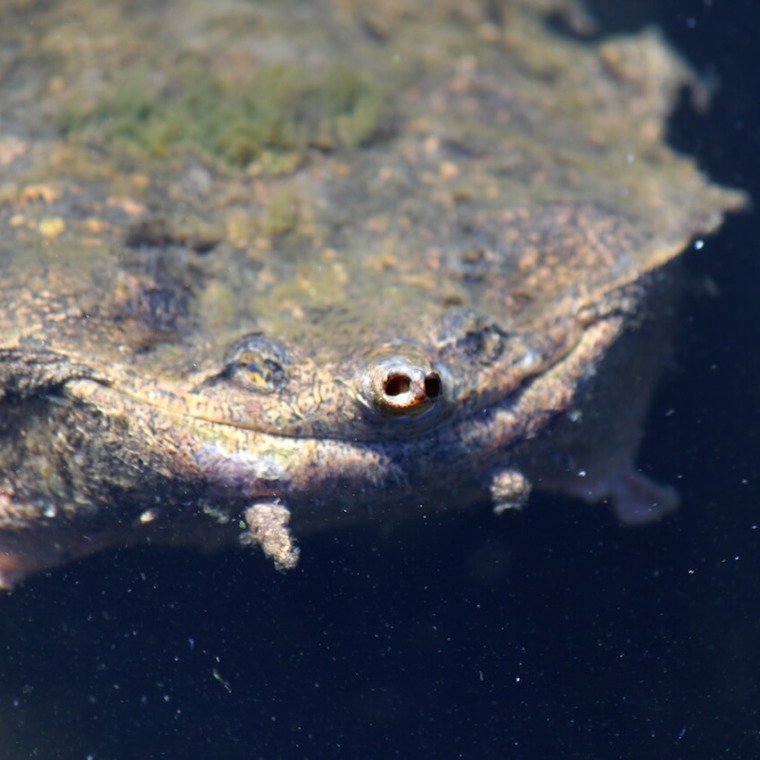
This species inhabits stagnant pools in Brazil and the Guianas and also in parts of the Amazon River and in Trinidad.
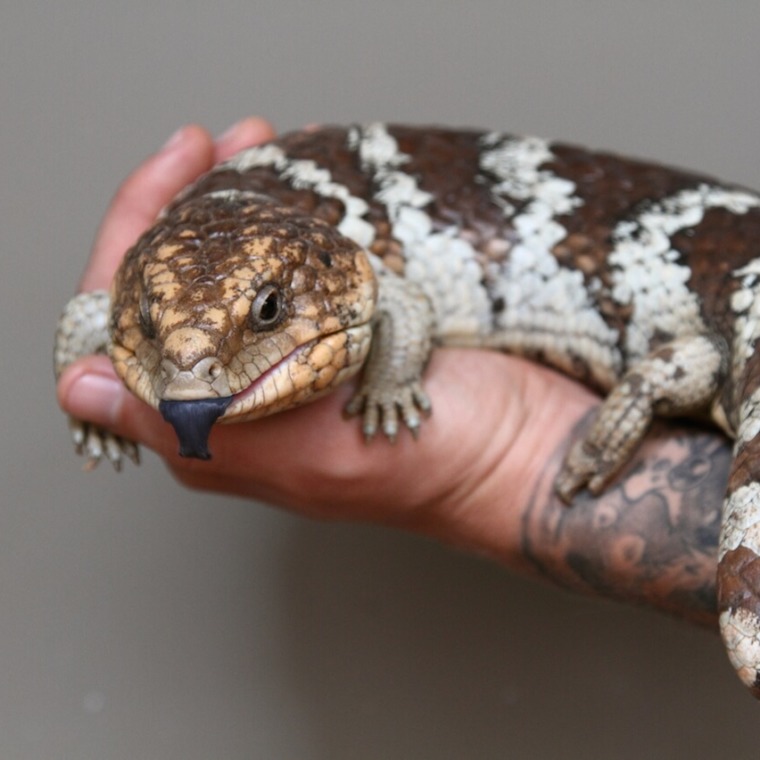
The Shingleback skink is found in southern and western Australia, in desert grassland areas or sandy dunes. Skinks are shy and secretive and seldom stray far from their shelter.


